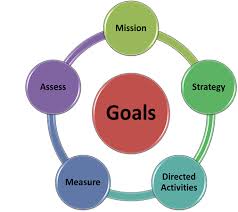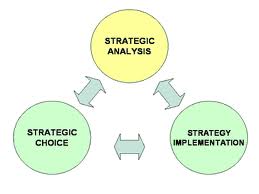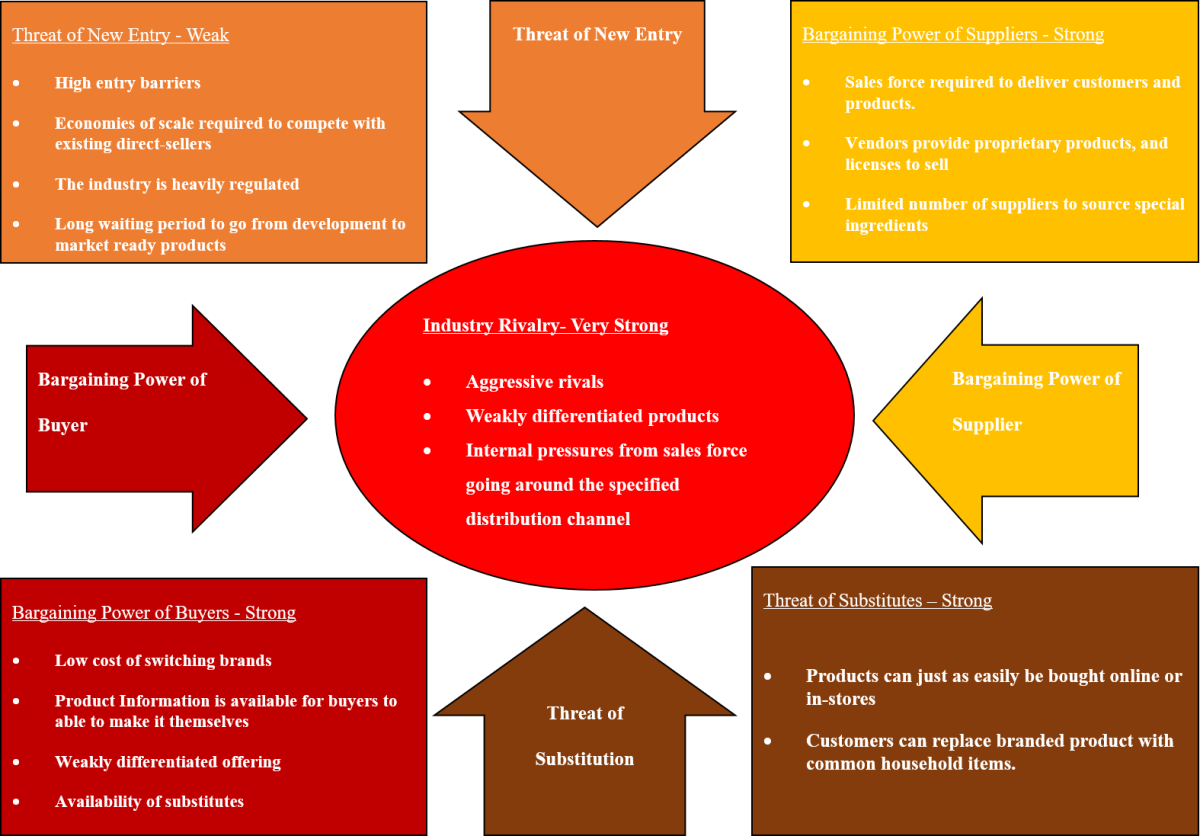Business Strategy: Leaders Use the Strategic Management Process

A strategic plan is the mix of the company’s vision, goals, and strategy. Leaders are expected to execute the strategy and make sure it achieves excellent performance for the company. If corrections are needed when the evaluation is done, leaders need to ensure they are completed in a timely manner. The strategic management process should be an ongoing process. Leaders must also illustrate the importance of the strategic plan to those who are building it, while at the same time displaying ethics and social responsibility. Ethics involve the integrity of the leaders, and social responsibility involves the actions of the leaders. There are five steps to the strategic management process.
Step One: Situational Analysis

A Vision Statement
This step involves forming a strategic vision, coupled with what the organization’s purpose or business mission. The strategic vision and business mission should be revised as needed. First, a company must define the current business vision and mission. Then, a company should form a new relevant business vision and mission statement.
The characteristics of a well-worded vision statement include making it graphic, directional, focused, feasible, and easy to communicate. A vision statement cannot be vague, broad, or reliant. A strategic vision describes where the company is going in the future.

Example of Vision Statement
Our customer service is dedicated to the highest quality possible, delivering a sense of warmth, friendliness, and company spirit.
The company is committed to providing employees with a stable work environment with equal opportunities for learning and personal growth; creativity and innovation are encouraged for improving effectiveness; employees are provided the same concern and respect within the company that they are expected to provide to the company’s customers.

A Mission Statement
A company’s mission statement should identify the company’s products or services, specify the buyer needs that it is seeking to satisfy, specify the customer base it is serving, and specify the way it plans to satisfy its customers. A company’s mission describes its present business and purpose.

Example of a Mission Statement
We will deliver added value to our customers and touch the communities in which we operate. We will do this by treating employees with respect and encouraging teamwork, building for the future, rather than immediate gains, providing the best customer service possible, and striving for excellence by reaching further and harder.
Other Elements that Must be Analyzed in Step One
Communication
| Internal and External Environment
| Employees
|
Shareholders
| Customers
| Management
|
Suppliers
| Creditors
| Rivals
|

Step Two: Goal Formulation
This step merges the strategic vision and mission statement into measurable goals and performance targets. Goals should be revised as needed. The purpose of this step is to clarify the strategic vision and mission statement. First, the company should define both short-term and long-term goals. Second, the company should identify the process of how to accomplish the goals. Finally, the company must ensure that the goals are detailed, realistic, and match the values of the strategic vision. The company should make sure the mission statement communicates its goals.
The most important aspects of the objectives are to make them quantifiable, measurable, and timely. The best objectives are challenging, yet achievable in order to stretch the company to perform at its fullest potential.

Examples of Objectives
A x percent increase in annual revenues.
|
Acquire a x number of new customers.
|
Achieving customer satisfaction rates of x percent.
|

Step Three: Crafting a Strategy
This step builds up the strategy based upon the performance goals created in step two. The strategy will need to be improved and changed as needed. In order to do this, a company needs to determine what resources it currently has that will help it reach its defined goals. Then, identify the areas the company needs to seek out new external resources. Finally, the company must develop alternative approaches that target each step of the process. Formulating a strategy involves deciding the best course of action for accomplishing strategic goals and achieving the company’s purpose.

Crafting a Strategy Involves:
- Capabilities that are well-matched to the company’s current situation. This involves understanding the customer’s needs and expectations.
- Actions to build competitive capabilities. This involves meeting the company’s customer needs.
- Add relevant details to what the business strategy is made up of.
- Provide a game plan to support the business strategy.

The Three Elements in Making a Strategy Are:
- Business – market position and competition
- Functional Areas – support the overall business strategy by adding details
- Operating – add details, completeness, and provide a game plan

A Game Plan: A Company’s Business Plan
(1) Customer Value Proposition (satisfy customer’s wants and needs). This is HOW the company will provide customer value.
(2) The Profit Formula (a cost structure that give the company profits tied to its customer value proposition). This will generate revenues sufficient to cover costs and product profits.
(3) Identification of Key Resources that Create and Deliver Value to Customers. This will identify the resources critical to customer value proposition.

Step Four: Implementing and Executing the Strategy
Now that the strategy has been created based on the established goals, a company must effectively implement and execute all elements of the new strategy. Improvements and changes must be made as needed. This step is critical to the success of a company. Everyone within the company must be made clear of their new responsibilities and duties and how that fits with the overall established goals. All internal and external resources must be secured at this point.
Strategy implementation involves putting the strategy into practice. This means the company must develop steps, methods, procedures, and ways to execute the chosen strategy. Strategy implementation also means making sure that the chosen strategy is working as intended. The company must put it into action, design the company’s structure, distribute resources, develop a solid decision making process, and manage Human Resources effectively.

Some of the Aspects of Executing the Chosen Strategy Include:
- Staffing the company with skilled employees
- Allocating resources to critical activities
- Making sure policies and procedures are helpful with the strategy
- Providing useful systems that enable personnel to perform essential activities
- Striving for continuous improvement in how value chain activities are performed
- Matching incentives directly to the achievement of performance goals
- Developing a company culture conductive to successful strategy execution
- Having proper leadership needed to propel implementation forward

Step Five: Evaluating the Strategic Plan
This step evaluates the strategic plan. This involves the company’s performance that goes along with new resources, marketing, and strategic developments. A company must review duplicates and initiate corrective adjustments. It is crucial that the company’s strategy and the implementation of the strategy are on target with the company’s objectives. The company needs to create metrics and time tables that are achievable. Also, expectations must be clear.
Measuring objectives includes performance measurements and a review of internal and external issues. First, all parameters must be measured. Second, the company must determine if the progress gained from the new strategy to the actual results of the revised strategy. Finally, a company’s internal and external should be monitored. This will also the company time to react to any changes in the business environment. Evaluation is crucial, because if the strategic plan is not moving toward the desired goals, the company needs to take action. Evaluation is the product of much organizational learning.

Summary
A successful strategy execution entails always looking for ways to improve the company and making corrective adjustments whenever and wherever it is useful to do so. The strategic management plan will not succeed if management does not do their part. Management must make sure there is a good strategic plan in place, keep his or her eyes open to what is happening in the company, provide pressure on organizational resources to achieve good results and operating excellence, take correction actions to improve the company’s strategy, lead the creation of stronger competitive objectives, and illustrate ethics and social responsibility.








